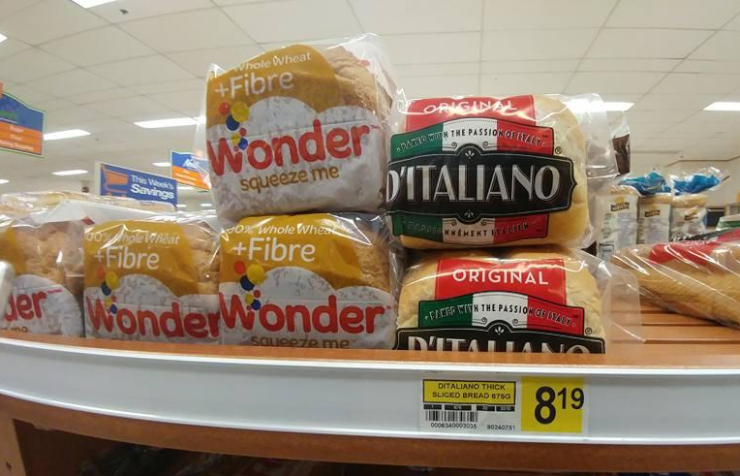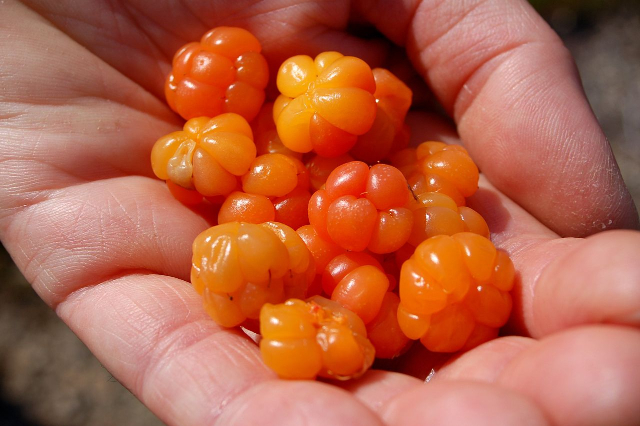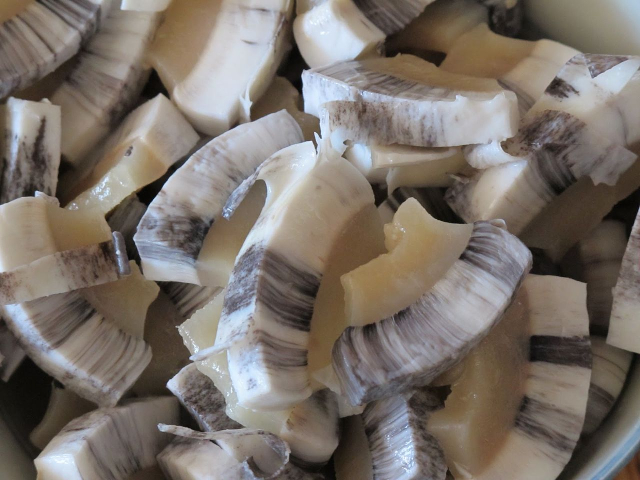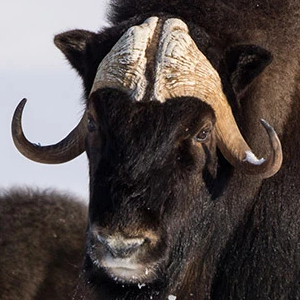Nunavut: The name may seem unfamiliar, but the place is not. It’s the arctic lands extending from the top of Manitoba north to the North Pole, and east to Hudson Bay, and it encompasses the majority of Canada’s Arctic Islands. So… What would you expect to eat when you’re up there?
 A photo from a Facebook page titled ‘Feeding My Family’ by Mary-Lee Aliyak of Nunavut.
A photo from a Facebook page titled ‘Feeding My Family’ by Mary-Lee Aliyak of Nunavut.
Most folks think of the Arctic as a treeless wasteland, devoid of significant life. Until they catch sight of their first polar bear, or muskox, or caribou herd! And that’s just for starters. The northern waters are alive with delectables you never even suspected. And that desolate-looking landscape is rich in forage foods, each in its own season.
But life in the north is much different from life here in the south. So I’m going to handle this expedition exposé a little differently than I usually do. We’re going to survey all Nunavut’s best edibles in one day, under a number of subheadings. Starting with…
Conventional dining
Conventional, in this case, means the way we’re used to dining in the south – in Toronto or Montreal or New York or Chicago. It is available in the scant few urban centres that exist, if you really need yo have it. But that culinary lifestyle costs a literal fortune. All non-local foods have to be flown in at tremendous expense. And fresh (rather than canned or frozen) southern food is a rarity.
The following are real prices (rounded to nearest $0.50) for foods we take for granted, in Iqaluit, Nunavut’s capital, as of late September 2021:
- Watermelon – whole: $71
- Potatoes – 10 lb. / 4.54 kg: $23
- Tropicana Orange Juice – 3 L / 100 fl. oz.: $27
- Celery – 1 bunch – 6 stalks: $8.50
- Medium Cheddar Cheese – 500 g / 1.1 lb.: $24
- 2% Milk – 4 L / 1 gal.: $10.50
- Oranges – 2: $14
- Bottled Water – case of 24 500ml bottles: $105
- Schweppes Ginger Ale – 12 x 12 oz. / 355 ml cans: $83.5
Getting the idea? The heavier it is, the more it costs to fly it to Nunavut. Hence the price of watermelon and bottled water.
So it should be no surprise that the year-round residents rely almost exclusively on what they call ‘Country Foods’ – whatever the land provides.
Birds and Animals
Nunavut’s largely indigenous population – the Inuit – have evolved over eons to love what they have to hand. That translates, on the plate, to Caribou Stew, Roast Muskox (see photo, top of page), Arctic Hare and Ptarmigan.
 Inuit Caribou Stew
Inuit Caribou Stew
Seal and whale hunting are the backbone of the indigenous life of in the north. And these, along with caribou and muskox provide a lot more than food. The Inuit have an ancient tradition of using every part of any animal they take, wasting nothing.
Fish and Seafood
The king of Nunavut fish is Arctic Char – a cousin of Salmon and Steelhead Trout, both of which are found in abundance to the west, in the streams of the Northwest Territories and the Yukon. The coastal waters also provide mussels, clams and scallops.
‘Forrage foods’
That’s what the Inuit call foods they forage from the land: plants, mosses, roots, berries, and so on. Among the most popular and sought-after forage foods, gathered in the summer and early fall, are: mountain sorrel, snow-bed willow, Labrador tea, lamb’s quarter, violet and shepherd’s purse.
 Cloudberries
Cloudberries
Low-bush, tundra-accommodated berries include cranberries, cloudberries, blueberries, gooseberries and crowberries.
‘Processed’ foods
I’ll admit it’s minimally processed, but it’s still given a traditional prep treatment before serving. I’m talking about a hunting season staple: Fresh, raw whale blubber. It’s called Maktaaq (or Muktuk), and it’s considered a special delicacy. “Whale?” you say. “Isn’t that illegal under international law?” Yes, for most. But the indigenous people of Canada’s north, who have always depended on very limited, non-commercial hunting of smaller whale species to support their traditional way of life, have had the right to take what they need grandfathered into the laws. Whale blubber must be carefully cut and trimmed in a prescribed way before being offered to one’s dearest family members and friends.

Wikipedia explains: “Muktuk is most often made from the skin and blubber of the bowhead whale, although the beluga and the narwhal are also used. Usually eaten raw, today it is occasionally finely diced, breaded, deep fried, and then served with soy sauce. Despite it being usually eaten raw it could also be eaten frozen or cooked. It is also sometimes pickled. When chewed raw, the blubber becomes oily, with a nutty taste.”
Seal is also a staple, not just on the Nunavut dinner table but of the clothes closet. More precisely, the front hall closet. The Inuit people have long relied on seal skin as the material of choice for their winter coats and boots. Other products from the seal also have important places in the construction of Inuit summer tents, sleds and skin boats. Remember, the Inuit, like most indigenous cultures across North America, are intensely aware of their place as a fully integrated part of their environment. They waste nothing.
Now you have an inkling…
… Of what life is like in the high north. It’s not for the faint of heart, or the casual ‘adventurer’ who can’t get along without running water. And it’s definitely not for the expeditionary diner who never leaves home without a roll of antacids!
~ Maggie J.

